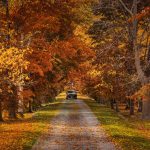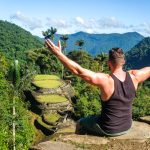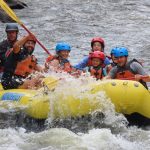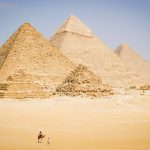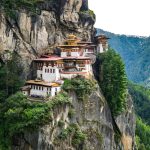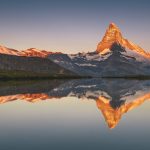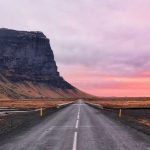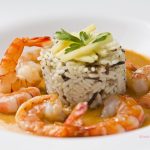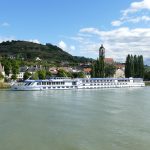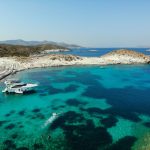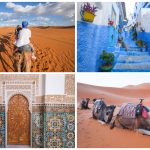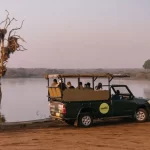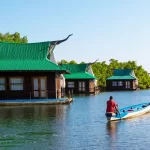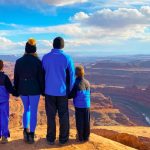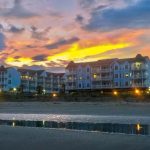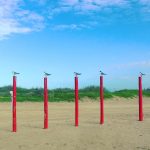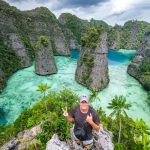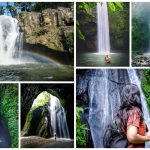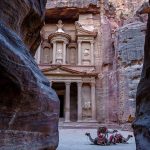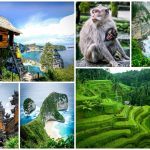A new kind of safari is emerging across Southern Africa—one that follows the rhythm of rivers instead of roads, and wildlife instead of borders. Angola, Botswana, Namibia, Zambia, and Zimbabwe have joined forces to create the world’s largest conservation area: a sprawling 200,000-square-mile sanctuary where elephants cross international lines as freely as the wind, and travelers are invited to do the same.
This visionary concept is brought to life through KAZA’s “Rivers of Life” tourism brand—a collaborative effort that reimagines five nations as one interconnected wilderness. It’s not about ticking off countries on a passport; it’s about journeying through a shared ecosystem where political boundaries disappear and nature leads the way.
Nyambe Nyambe, executive director of the KAZA Secretariat, says it best: “This is not just another park fenced off from the world. It’s a living landscape that spans five nations.” With fewer tourists and vast open spaces, encounters with wildlife here are deeply personal—raw, unfiltered, and unspoiled by crowds.
While iconic destinations like Kenya’s Masai Mara and Tanzania’s Serengeti face increasing pressure from overtourism, KAZA offers something rare and refreshing: true wilderness, where animals roam undisturbed and travelers witness nature without the noise. The July 21 incident in Kenya’s Kogatende—where tourists disrupted wildebeest migration—only underscores the urgency of sustainable tourism models like KAZA’s.
The best way to understand the KAZA vision is by experiencing it firsthand through a multi-country safari itinerary. Uncover Kavango Zambezi, KAZA’s destination platform, features curated routes that showcase how easily travelers can move across borders while following wildlife and water.
One such journey, Treading the Lesser Known Pathways, begins at Caprivi Mutoya Lodge in Namibia, near Africa’s largest breeding colony of carmine bee-eaters. From August to November, thousands of crimson birds put on dazzling aerial shows, rivaling East Africa’s great migrations. Beyond wildlife, immersive village tours invite guests into the homes and lives of local communities.
A scenic 180-mile drive to Divava Okavango Resort and Spa reveals the lifeblood of KAZA—the river systems that connect everything. With luxury chalets overlooking the Okavango River and boat safaris that cruise past crocodiles, hippos, and vibrant birdlife, the resort offers a perfect balance of comfort and adventure.
From there, the route dives into Khaudum National Park, one of Namibia’s wildest corners. Home to lions, wild dogs, roan antelope, and tsessebe, Khaudum is a 4×4-only destination with no crowds and no compromises—just raw nature and fossilized riverbeds.
The journey also highlights cultural treasures. At The Living Museum of the Ju/’Hoansi-San, visitors learn survival skills from San communities who still practice traditional hunter-gatherer techniques. Crossing into Botswana, Tsodilo Hills—known as the “Louvre of the Desert”—boasts over 4,500 ancient San rock paintings, with local guides interpreting the stories etched into stone.
Further south, Nxamaseri Island Lodge offers a spiritual retreat in the Okavango Delta. From here, mokoro canoes drift silently across the border between Botswana and Namibia—the only place in the world where travelers can paddle across countries in dugout canoes.
The journey concludes back in Namibia at Kazile Island Lodge, nestled within Bwabwata National Park. Perched on a private island, the lodge’s Meru-style tents overlook the floodplains of the Kwando River—a serene ending to a truly cross-border adventure.
This route organically connects two UNESCO World Heritage Sites—the Okavango Delta and Tsodilo Hills—while putting travelers within reach of Victoria Falls, one of the natural wonders of the world. Yet these landmarks aren’t isolated dots on a map. They are bound together by ancient rivers whose seasonal floods shape both the landscapes and the lives of the people who call KAZA home.

Every year, seasonal rains in the Angolan highlands begin a remarkable journey. Over the course of four months, these waters flow south, swelling Namibia’s rivers, surging into Botswana’s iconic Okavango Delta, and ultimately thundering over Victoria Falls. This natural pulse reshapes the landscape, offering ever-changing opportunities for wildlife encounters and water-based adventures, depending on when and where travelers choose to explore.
Familiarization Trips Reveal the Bigger Picture
Recent fam trips for international tour operators have offered a clearer lens into KAZA’s promise as a single, seamless destination. Amanda England of Ethos Marketing, KAZA’s global promotion partner, noted how the approach to tourism is shifting:
“In the past, efforts focused on singular icons like Victoria Falls. These trips help reframe the narrative—training agents to present KAZA as one interconnected experience rather than a collection of separate parks.”
As traditional safari hotspots grapple with overcrowding, KAZA stands out as an authentic alternative. Here, tourism isn’t just a photo opportunity—it’s a direct investment in conservation. The revenue supports vital wildlife corridors that allow more than 130,000 elephants—nearly three-quarters of Africa’s population—to migrate freely across 36 national parks, unimpeded by borders or fences.
Through its “Rivers of Life” tourism brand, KAZA is telling a bigger story: one of ecological harmony, cross-border cooperation, and travel with purpose. What might seem like a complex multi-country journey becomes a powerful, unified adventure—made possible only through collaboration among nations with a shared vision for sustainable tourism and conservation.



